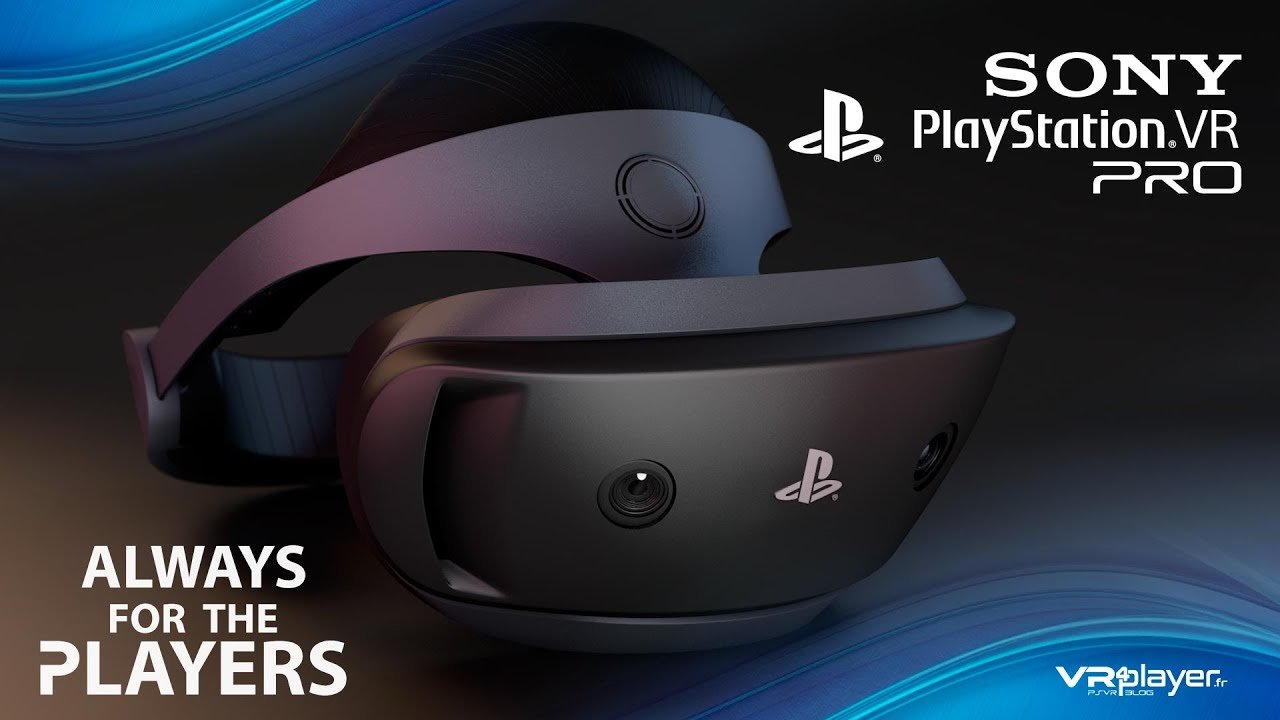
Now that the PS5 has already exploded in a big way, knowledgeable sources deep within Sony, claim that the 2PSVR will get a significant upgrade that improves on everything its predecessor excelled at and corrects the things it did not do so much. However, the existence of PSVR 2 currently denied by Sony officials.What new technologies will Sony implement to justify consumers purchasing more expensive hardware? When will we actually be able to purchase the product?
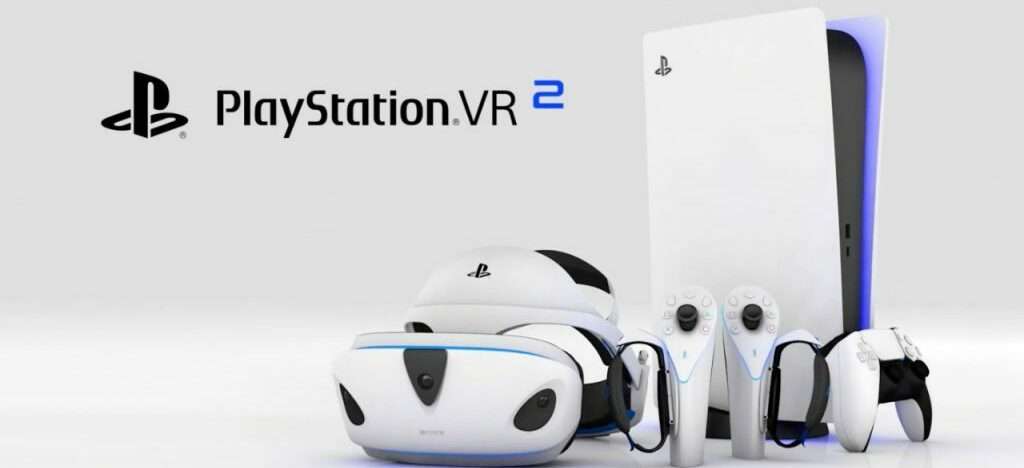
If you are curious about all this information, here is everything you need to know about PSVR 2, including its release date, rumors, price, specifications and what we know in virtual reality Israel 2013.
PSVR Release Date 2Sony will not release the PS5 without VR support, which means we will see the Sony VR2 glasses in late 2020.
If not, the end of 2020 then, you can definitely expect to see the Sony VR glasses in early 2021. Although it makes sense from a business standpoint, it's hard to say for sure. I did not expect Sony with its exposure patterns this year, perhaps because of the Corona, so it's not surprising, in case we see a slight delay.
In an interview with the Washington Post, Jim Ryan explains how he believes virtual reality is not yet close to a peak and specifically, he states that " in the future virtual reality will represent a significant component in interactive entertainment."
It's pretty clear the PlayStation is already making the Sony VR2 glasses, but we probably won't see them until enough people buy Sony 5 consoles.
Sony filed a patent in 2019 for a “virtual reality disease reduction system (similar to seasickness), which is a display installed in the headband that can reduce up to 90% of virtual reality disease."Apparently this patent intends to make the Sony VR2 experience much smoother through a" oscillation unit capable of tracking the user's head "and a" display control unit that causes the display unit to display a moving image showing a view from a point of view, and acceleration of the point of view in the moving image shown in the unit The display. "There will also be a 'swing control section that controls the swing of the swing section depending on the situation.'
In short, much less dizziness.
So how much will it cost? PSVR 2
For insight into the price of the PSVR 2, we consider that the first generation of Sony virtual reality glasses launched at $399. It is unlikely that Sony will increase the price of the alternative model, as they already consider it a fairly high price for virtual reality glasses with a limited library and as an addition to the Sony PlayStation 5.
PSVR Specifications 2Japan Display, a joint venture owned by Sony, Toshiba and Hitachi announced in 2018 that they are developing 1,001 pixels per inch (ppi) at a resolution of 2160 x 2432. In a press release on the Japan Display website, the company revealed that it “not only displays high pixel density, but Also improved LC response time from 4.5msec to 2.2msec which helps reduce motion blur. " The company is currently working on display screens that can operate at a refresh rate of 120 Hz.
We expect Sony to use the new virtual reality display in the PlayStation VR 2 virtual reality glasses. If so, the new 2PSVR will have one of the fastest refresh rates on the market, making it one of the best and smoothest virtual reality experiences available.
The PSVR 2 will work both with a cable connection to the console and be completely wireless.
PSVR 2 will feature some space tracking technology to more accurately track users' movements and actions. Which will allow virtual reality goggles to work even with third-party entities, which require tracking in the room space and tracking traffic to function at optimal performance?
Sony has also patented a new "controller", which clearly appears to be used for the PSVR 2. they intend This controller to improve traffic and tracking functionality. It's just a patent, so it's not clear what the full version will look like, but it gives us a general idea of what we can expect.
Patent applications filed in the games industry are a mix between futuristic ideas, practical applications, and utter nonsense. This type of sharing creates opportunity for innovation, as you can revisit old successes and see how they originally planned. The sharing can also tell us how the company is thinking about certain parts of its business or could give a clue to what is coming next. They design this to be a mix; it covers everything a single app cannot do alone. This survey does not contain every fact that is provided in the industry, but as of now it gives a comprehensive overview of the industry. It will hopefully shed some light on what lies ahead for this industry.
I have fascinated with patents and intellectual property for some time now. In 2012 I started a Tumblr blog called Context-Free Patent Art, showcasing art from game-related patents and patent applications with nothing to explain what it is the reader was looking at.
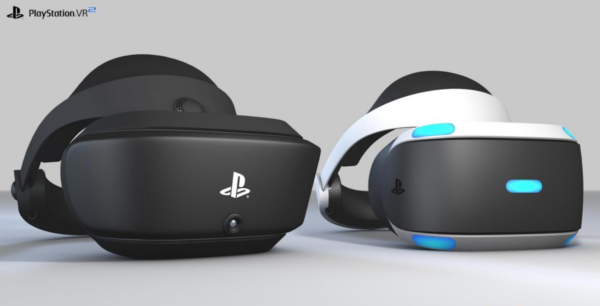
With these results, some people may hold many ideas, some of which are intriguing and nostalgic.
While the blog has been dormant for some time, I have recently started fairly frequent updates, which often center on demonstrating that the well-known emotionally needy teddy bears are actually examples of how Sony's behavior tracking system could have told people when they bored and suggested things they should do with their time and how such a system could have spied on them or tracked them while they were doing other things, and other usage examples of Sony's patents for devices that follow people's eye movement and the company's business interests in abandoned sites.
I wanted them to know that a picture of a woman climbing a giant hamburger in a 2002 patent application for in-game advertising makes no more sense than the picture of a woman climbing a giant hamburger in a 2008 patent application for in-game advertising.
These things usually aren't newsworthy in and of themselves, but the hope is that Patent Trawling can provide an interesting and worthwhile glimpse into the patenting process, letting us look back and see the dead ends companies explored, the Next Big Things they got in on the ground level for, and the as-yet-unproven technologies that could end up in either category.
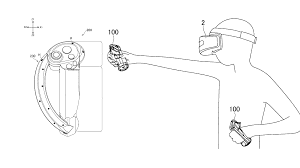
Brainstorm some PSVR 2 features.
Like many other big tech companies, Sony is very active on the patent front. They're just as excited about the idea of intellectual property as they are about putting out a new release. Some patents Sony seeks are for features that have already added to the product. Most of the ideas in the Sony VGP-BPS20E/BPS30/BPS45 series of products never brought to market, but they are still consistent with the VGN-BZ model design themes.
For example, one idea that the company has is the idea of virtual reality and motion capture. That being the case, if it ever rolls out a successor to the PlayStation VR headset, it could turn to that idea. (Even if the PlayStation President Jim Ryan has suggested that the new PlayStation 5 isn't very imminent.)
Considering one of PSVR's most appealing features was its cost compared to the other VR headsets on the market when it launched, Sony might consider using the technology in its 2019 patent application for an environment mapping/player motion-tracking system. The patent describes a tracking method that uses thermal data, swapping out the potentially pricey multiple camera setups of similar systems for an assortment of thermal beacons (like inexpensive infrared diodes) that can placed around the room and a thermopile array in a controller to determine the player's position.
Based on the patent drawings, Sony intends to make this thermal tracking system work for the Xbox One.
By studying this patent, we can infer that Sony has plans to create a Kinect-like system for the Xbox One to project an image on the screen.
The company should also invest in some older ideas that aren't so new anymore. In 2013, Sony granted a patent for a "electro thermoelectric cooling and heating" Playstation controller that resembles a "Move" controller with built-in thermoelectric heating and cooling systems so that a game could track where the user's hands supposed to be in the game environment and warm or cool them accordingly.
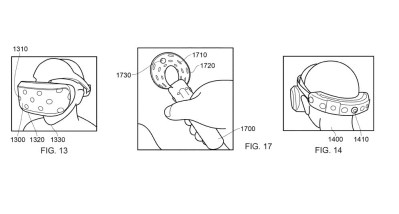
Sony hot and cold.
It is too hot and too cold at the same time.
That could combined with this patent applied for in 2016 for a "Temperature controlled headset apparatus,"), and with the VR temperature sensing being done using the new digital technology, and could used for a "receive heat from a fireball created by the firing of a rocket-propelled grenade (RPG), or feel the heat from the sun when transitioning virtually from an inside environment to an outside environment."
Sony's patent application to the USPTO in 2018 included an electronic device that would produce a remote controlled aerosol by providing heated or cooled airflow. While this patent also mentions using the airflow to help guide players to specific places in-game, some could use the air to feel as the surroundings in-game, and some could use a scent emitter to let players smell the surroundings (presumably putting an end to sewer levels once and for all). This is an absolutely brilliant idea. It would rely upon this 2016 Sony patent application for the display of the name of the fragrance being worn and the ability to atomize it and re-circulate it again for between fragrances.
Although a smoke-savvy scent machine would be smelly, it would only emit the smell when the user had not smoked.
Sony's fragrance presentation device would smell like it should, but only when it supposed to.
A reasonable amount of more silliness is a 2018 Sony patent application (EP2548052A) concerning a VR headset that monitors the user's temperature, heartbeat, dilation of pupils, motion, and more to determine if they are in a pathological state (epileptic seizure, heart attack, stroke, panic attack) and perform a series of actions that the user would pre-set in case of such an event.
It is good that Sony would consider using the "Control My Mind" system to benefit the players, but if it is to be used, then so too must Sony monitor more data about its players and their games, so that a new level of interactivity can added. I do not feel comfortable being given all the information to Send My Heart Into Christmas in the company who is willing patent the aforementioned emotionally manipulative teddy bear, or this patent on dystopian advertising ideas like interrupting movies to show ads until the viewer says the name of the brand being advertised to them.
In our house, we stand for the national anthem and the McDonald's Corporation commercials.
We believe in the national anthem and getting down to the PSA's of Ronald McDonald.
The US has the first gaming patent in the
For the first installment of Patent Trawling, I thought it would be fun to track down the first US video game patent. It's a bit of a fool's errand in the first place given the varying definitions we might have what qualifies as a video game and the fact that I'm not willing to look at literally millions of earlier patents to ensure that none of them secretly fit whatever definition we would choose, so take this as a bit of fun rather than a formal declaration.
In the beginning, it started out as a common thought that the first gaming patent might have belonged to one Willy Higinbotham who created the game of Tennis for Two on an oscilloscope in 1958, but he never actually patented that invention. Now, he has made his invention an exhibit for a public event at Brookhaven National Lab, so that he will receive some money from the government.
Here is one of Baer's patents pertaining to computer games.
An additional likely culprit for this disorder would be Ralph Baer, "the father of video games" whose creations were pivotal in leapfrogging towards navigation controls in home video gaming consoles. Unlike most other inventors, a copy of Baer's patents made available on his official website.
Unfortunately, the earliest one with any apparent relevance to video games — one for a "Recording CRT Light Gun & Method" — listed with a patent number that points not to any patent of Baer's but to a patent for a multilayer boat hull, and the patent database won't let us search patents that old by the inventor's name or the patent's title.
The next earliest gaming patent of Baer's filed in 1969, for a "Television Gaming Apparatus" that is very distinct in resemblance to Baer's "Brown Box" that would later turn into the Magnavox Odyssey.
That patent doesn't just list things it already developed. The '700 patent cites a patent by Thomas T. Goldsmith, Jr. filed in '75 for a Cathode-Ray Tube Amusement Device (which was based on things he did for television). That patent also contains a '74 patent named Estle Ray Mann for an amusement device that functions like a cathode ray TV.
This patent describes a game where airplanes placed on a tube and they allow players to trace an electronic beam across the tube's face to hit them. It is a simple cash-in patent.
goldsmith
A gameplay drawing from the Goldsmith patent, and arguably the first screenshot of a game.
As it explains, "The game can made more spectacular, and the interest both from the player's and the observer's standpoint can increased, by making a visible explosion of the cathode-ray beam take place when the target hit."
The theories in the patents stated cathode ray tube technologies on their own are not enough to produce a console television. Also, it showed how a gun sight would work to improve a pilot's view of a game.
Goldsmith and Mann filed for their patent at the close of World War II, at the same time as they applied for Hillary Clinton, David Bowie, and Tom Clancy's work. While the creator of the video game did not use his invention in a commercial product, perhaps this video games is for the baby boomers. Since it devised and coined within this generation, I think this is enough to argue that the video game industry is a baby boomer.
Virtual Reality, Augmented and Artificial Intelligence 2021 specialist Amit Caesar wrote the article.
Send me an email: caesaramit@gmail.com
- Oculus Quest 2 accessories
- Oculus Quest 2 full review.
- Amazing products for your virtual reality glasses from Amazon
- For 2021, the Best Virtual reality Headsets
- 10 Accessories to Improve Your Flight Simulator in VR
What are your thoughts? Please let us know in the comments section below!


